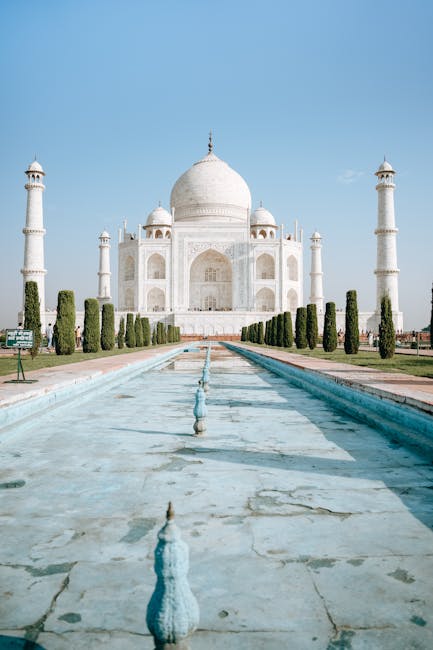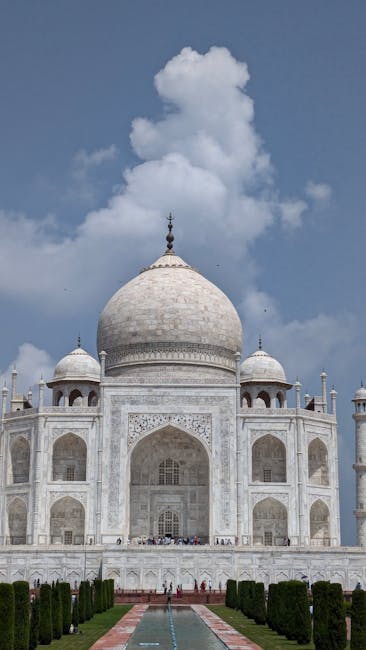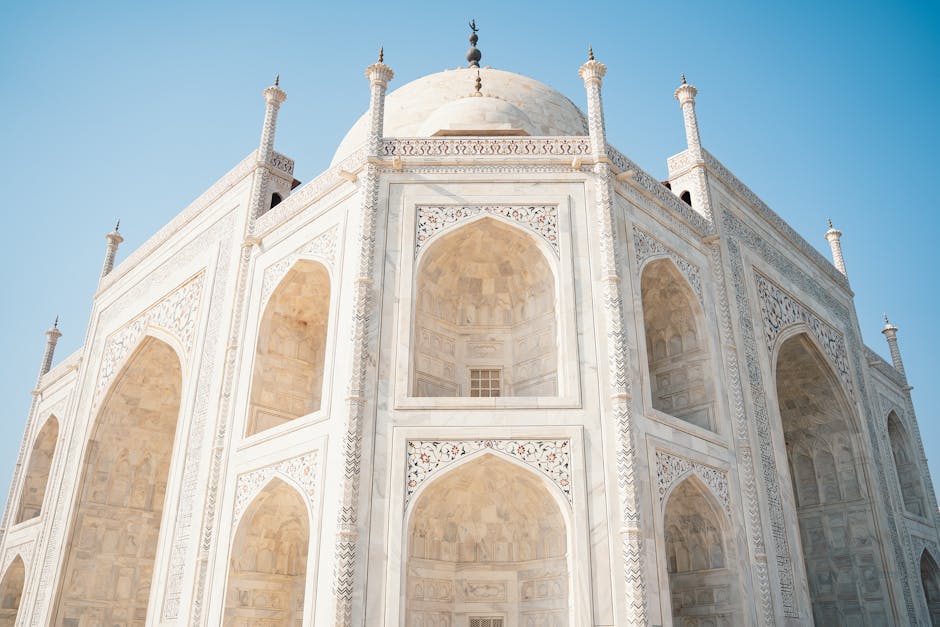Exploring the 7 Wonders of the World: A Journey Through History and Human Ingenuity
For centuries, the concept of the “Seven Wonders of the World” has captivated imaginations, representing the pinnacle of human achievement and architectural prowess. While the original list has largely succumbed to the ravages of time, the enduring legacy of these marvels continues to inspire awe and wonder. This article delves into the history, significance, and lasting impact of both the ancient and modern Seven Wonders, offering a comprehensive exploration of these incredible feats.
The Ancient Seven Wonders of the World
The original list of the Seven Wonders, compiled by ancient Greek historians and writers, reflects the accomplishments of the Classical world. Sadly, only one remains standing today, a testament to the power of nature and the passage of time. Let’s embark on a journey through these historical marvels:
1. The Great Pyramid of Giza (Egypt)
The only surviving wonder of the ancient world, the Great Pyramid of Giza stands as a monument to the ingenuity of the ancient Egyptians. Built over 4,500 years ago, this colossal structure served as the tomb of Pharaoh Khufu and remains a marvel of engineering and architecture. Its precise construction, using millions of precisely cut and placed stones, continues to puzzle and amaze modern engineers. The sheer scale and longevity of the pyramid are testaments to the advanced knowledge and organizational capabilities of ancient Egyptian civilization.
2. The Hanging Gardens of Babylon (present-day Iraq)
Shrouded in mystery and legend, the Hanging Gardens of Babylon are often depicted as a breathtaking terraced garden structure, said to have been built by King Nebuchadnezzar II for his wife. While their precise location and even existence are debated by historians, their inclusion in the Seven Wonders highlights the ancient world’s fascination with opulent landscaping and the desire to create artificial paradises.
3. The Statue of Zeus at Olympia (Greece)
Created by the renowned sculptor Phidias, the Statue of Zeus at Olympia was a colossal seated figure of the king of the gods, crafted from ivory and gold. This masterpiece of ancient Greek sculpture was housed in a temple dedicated to Zeus and was reportedly incredibly impressive in its scale and detail. Unfortunately, this magnificent statue was destroyed by fire centuries ago.
4. The Temple of Artemis at Ephesus (present-day Turkey)
Dedicated to the Greek goddess Artemis, this temple was a stunning example of ancient Greek architecture. Known for its immense size and intricate details, it was repeatedly destroyed and rebuilt throughout its history, ultimately succumbing to fire and neglect. Its repeated destruction highlights both the fragility of human creations and the enduring devotion to religious worship in the ancient world.
5. The Mausoleum at Halicarnassus (present-day Turkey)
A lavish tomb built for Mausolus, a satrap in the Persian Empire, the Mausoleum at Halicarnassus was a testament to the extravagance and artistic skill of the ancient world. Its elaborate design, featuring intricate sculptures and architectural elements, became the namesake for the word “mausoleum,” signifying an elaborate tomb.

6. The Colossus of Rhodes (Greece)
A gigantic bronze statue of the sun god Helios, the Colossus of Rhodes stood tall over the harbor of Rhodes. Its sheer size and imposing presence captivated ancient mariners. Sadly, an earthquake brought about its destruction, leaving behind only fragmented remains.
7. The Lighthouse of Alexandria (Egypt)
One of the tallest structures of its time, the Lighthouse of Alexandria guided ships into the bustling port city for centuries. Its innovative design, featuring intricate mechanisms and a powerful light, served as a critical navigational aid. Earthquakes eventually caused its collapse, leaving behind only submerged remnants.
The New7Wonders of the World
In 2007, a global poll selected a new list of Seven Wonders, representing a broader geographical scope and including structures from various eras. This list acknowledges human achievement across different cultures and time periods.

1. The Great Wall of China
A monumental symbol of China, the Great Wall stretches thousands of miles, showcasing the incredible engineering prowess and organizational capacity of ancient Chinese civilizations. Its construction spanned centuries, serving as a defensive barrier and a testament to human ambition.

2. Chichen Itza (Mexico)
This ancient Mayan city showcases the impressive architectural and astronomical knowledge of the Mayan civilization. Its iconic pyramid, El Castillo, stands as a symbol of their cultural and scientific achievements.
3. Christ the Redeemer (Brazil)
This iconic Art Deco statue of Jesus Christ overlooks Rio de Janeiro, symbolizing hope, faith, and the enduring spirit of Brazil. Its imposing presence and stunning location make it a globally recognized landmark.
4. Colosseum (Italy)
A symbol of the Roman Empire, the Colosseum hosted gladiatorial contests and public spectacles. Its innovative design and grandeur are a testament to Roman engineering and architectural skill.
5. Machu Picchu (Peru)
Perched high in the Andes Mountains, Machu Picchu is a breathtaking example of Inca architecture and ingenuity. This remarkably preserved city showcases the sophistication of Inca civilization and its mastery of its environment.
6. Petra (Jordan)
Carved into sandstone cliffs, Petra is a breathtaking ancient city that showcases the remarkable engineering and artistry of the Nabataean civilization. Its unique architecture and dramatic setting make it a truly unforgettable site.
7. Taj Mahal (India)
A stunning mausoleum built by Mughal emperor Shah Jahan to honor his wife, the Taj Mahal is a breathtaking testament to love, loss, and architectural mastery. Its exquisite detail and pristine white marble make it a symbol of timeless beauty.
The Enduring Legacy of the Wonders
The Seven Wonders, both ancient and modern, serve as powerful reminders of human ingenuity, creativity, and ambition. They inspire awe, curiosity, and a deeper appreciation for the rich tapestry of human history. These structures represent not just architectural achievements but also cultural expressions, religious beliefs, and societal values. Exploring these wonders allows us to connect with the past, understand different cultures, and appreciate the enduring spirit of human achievement.
Whether visiting these sites in person or exploring them through images and documentaries, the Seven Wonders continue to captivate and inspire us, leaving a lasting impact on our understanding of history and the human experience.

